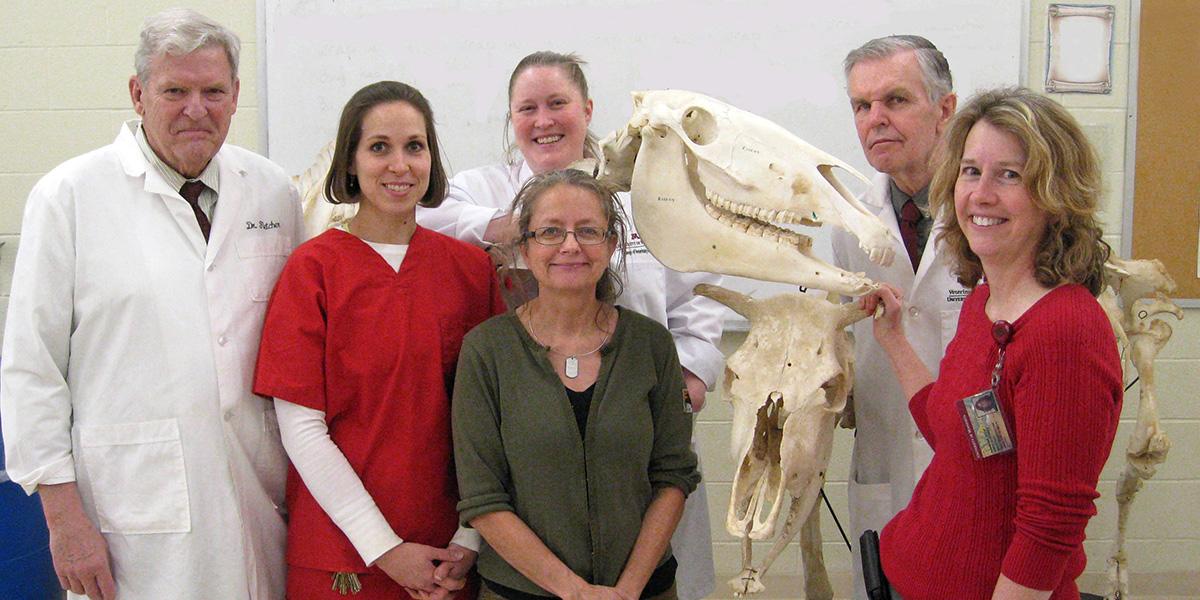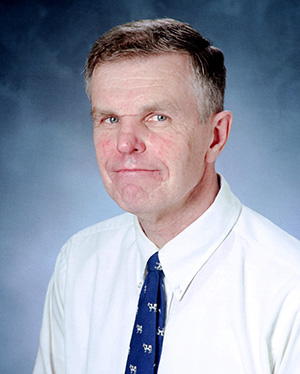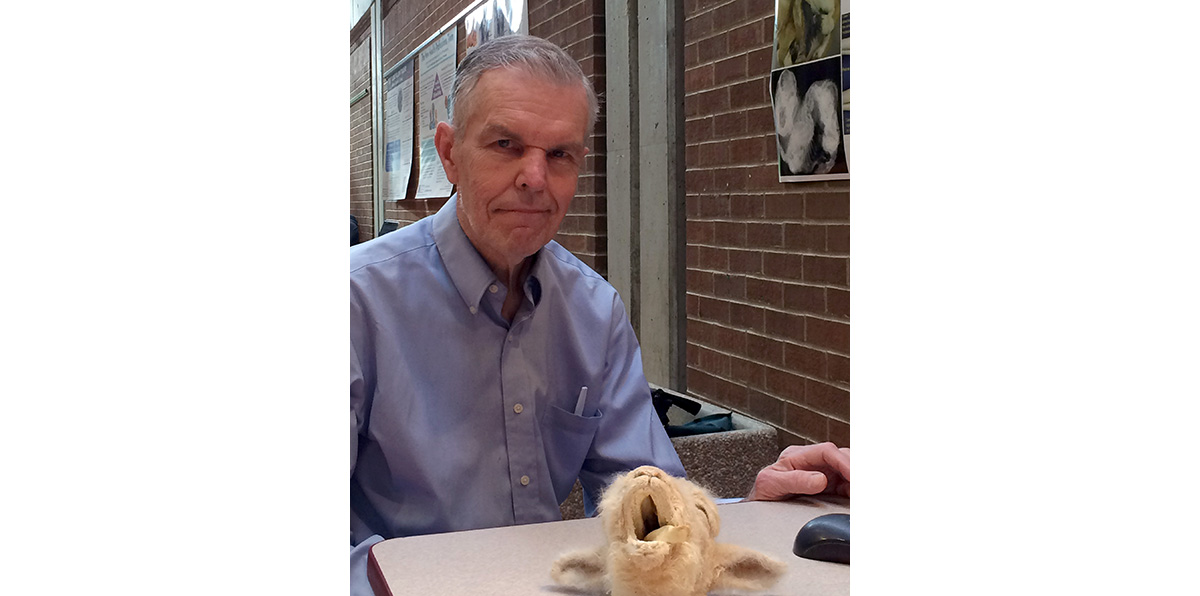Building on a legacy
Scholarship established by retired professor Vic Cox continues his passion for supporting students

Scholarship established by retired professor Vic Cox continues his passion for supporting students
Scholarship established by retired professor Vic Cox continues his passion for supporting students
For Vic Cox, DVM, PhD, it all started with a book on an elementary school library shelf. As a child, he read “A Complete Book of Dog Care” by Leon F. Whitney, DVM, and found himself fascinated by the information and illustrations it held.
It set him on a path to pursue a doctorate of veterinary medicine at Cornell Veterinary College and eventually spend more than 40 years teaching students and conducting research at the University of Minnesota College of Veterinary Medicine (CVM).
That wasn’t always the plan, according to Cox. Initially, he wanted to go into private dairy practice but a frank conversation with a dairy veterinarian before his 1965 graduation steered him in a different direction.

“At that time, men did dairy practice while their wives did paperwork, lab testing, preparation of medications, and took phone calls from clients,” Cox said. “Therefore, a single guy was only half of a team and thus, by default, I went into graduate work.”
Cox received a neuroscience PhD from the University of Missouri and stayed on at the school as a veterinary anatomy professor for just over five years before accepting a position at the University of Minnesota.
Cox’s passion for anatomy led him to oversee CVM’s gross anatomy lab. Because the “shelf life” of wet anatomic specimens is short, time invested in detailed dissection is lost when a wet specimen is discarded. Cox solved that problem by use of freeze-drying and plastination to produce permanent dry nontoxic specimens that can be used without gloves.
Abby Brown, education program associate for the Department of Veterinary and Biomedical Sciences, now runs the anatomy lab, but first got her feet wet more than 15 years ago under the supervision of Cox.
“Dr. Cox was a very dedicated instructor. You could tell he really loved his job and loved the subject matter he was teaching,” Brown says. “The students really liked him and enjoyed having him teach. He was always willing to help the students, to explain things and tell stories to help them relate to what he was talking about.”
In time, Cox became the driving force behind building the Veterinary Anatomy Museum housed in the Department of Veterinary and Biomedical Sciences. He served as the museum’s curator until his retirement in 2016.
In addition to preserving anatomy specimens, Cox’s clinical research focused on the area of bovine lameness where he found alternative causes for the downer cow syndrome, the primary cause of which is hypocalcemia—commonly called milk fever. This condition occurs when heavy milk production causes low blood calcium typically around the time of calving. Cox’s work on the topic took him across the world to present his findings to dairy veterinarians on three continents.

Upon his retirement, Cox made the decision to keep supporting students, this time as a donor. His gift established the Dr. Vic Cox Bovine Medicine Scholarship.
“Teaching veterinary students was enjoyable because they were—and are—smart, dedicated, and hard workers. Unfortunately, most of them are deep in debt,” Cox says.
To Brown, the choice to fund a scholarship aligns perfectly with the passionate instructor she knows Cox to be, both through watching him teach students and through the lessons she gained while working with him.
“He had a passion and drive for teaching anatomy, and he was willing to do all the dirty work that comes along with it,” Browns says. “He taught me that sometimes things are hard, and messy, and stinky, but you just do what needs to be done. At the end of the day, you might be gross, smelly, and exhausted, but what you did was for a greater good—bringing our students one step closer to being good veterinarians.”